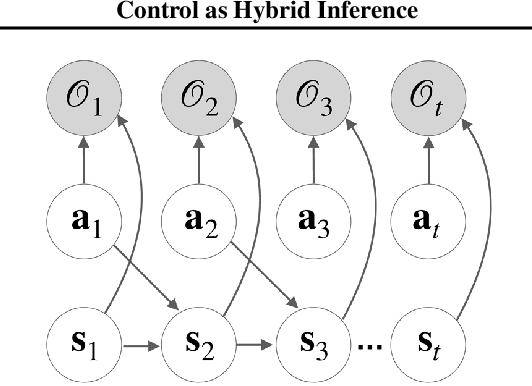Anil K. Seth
Mapping of Subjective Accounts into Interpreted Clusters (MOSAIC): Topic Modelling and LLM applied to Stroboscopic Phenomenology
Feb 25, 2025Abstract:Stroboscopic light stimulation (SLS) on closed eyes typically induces simple visual hallucinations (VHs), characterised by vivid, geometric and colourful patterns. A dataset of 862 sentences, extracted from 422 open subjective reports, was recently compiled as part of the Dreamachine programme (Collective Act, 2022), an immersive multisensory experience that combines SLS and spatial sound in a collective setting. Although open reports extend the range of reportable phenomenology, their analysis presents significant challenges, particularly in systematically identifying patterns. To address this challenge, we implemented a data-driven approach leveraging Large Language Models and Topic Modelling to uncover and interpret latent experiential topics directly from the Dreamachine's text-based reports. Our analysis confirmed the presence of simple VHs typically documented in scientific studies of SLS, while also revealing experiences of altered states of consciousness and complex hallucinations. Building on these findings, our computational approach expands the systematic study of subjective experience by enabling data-driven analyses of open-ended phenomenological reports, capturing experiences not readily identified through standard questionnaires. By revealing rich and multifaceted aspects of experiences, our study broadens our understanding of stroboscopically-induced phenomena while highlighting the potential of Natural Language Processing and Large Language Models in the emerging field of computational (neuro)phenomenology. More generally, this approach provides a practically applicable methodology for uncovering subtle hidden patterns of subjective experience across diverse research domains.
Control as Hybrid Inference
Jul 11, 2020

Abstract:The field of reinforcement learning can be split into model-based and model-free methods. Here, we unify these approaches by casting model-free policy optimisation as amortised variational inference, and model-based planning as iterative variational inference, within a `control as hybrid inference' (CHI) framework. We present an implementation of CHI which naturally mediates the balance between iterative and amortised inference. Using a didactic experiment, we demonstrate that the proposed algorithm operates in a model-based manner at the onset of learning, before converging to a model-free algorithm once sufficient data have been collected. We verify the scalability of our algorithm on a continuous control benchmark, demonstrating that it outperforms strong model-free and model-based baselines. CHI thus provides a principled framework for harnessing the sample efficiency of model-based planning while retaining the asymptotic performance of model-free policy optimisation.
Reinforcement Learning through Active Inference
Feb 28, 2020

Abstract:The central tenet of reinforcement learning (RL) is that agents seek to maximize the sum of cumulative rewards. In contrast, active inference, an emerging framework within cognitive and computational neuroscience, proposes that agents act to maximize the evidence for a biased generative model. Here, we illustrate how ideas from active inference can augment traditional RL approaches by (i) furnishing an inherent balance of exploration and exploitation, and (ii) providing a more flexible conceptualization of reward. Inspired by active inference, we develop and implement a novel objective for decision making, which we term the free energy of the expected future. We demonstrate that the resulting algorithm successfully balances exploration and exploitation, simultaneously achieving robust performance on several challenging RL benchmarks with sparse, well-shaped, and no rewards.
 Add to Chrome
Add to Chrome Add to Firefox
Add to Firefox Add to Edge
Add to Edge